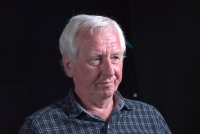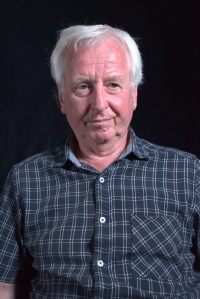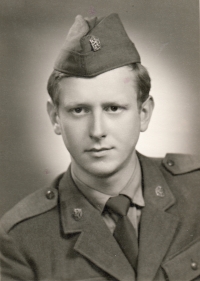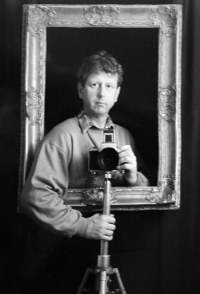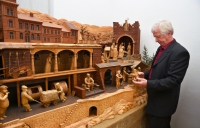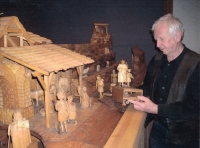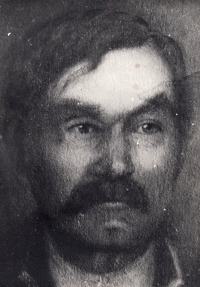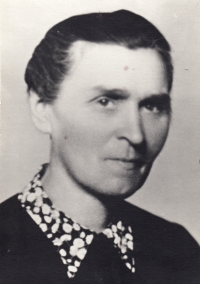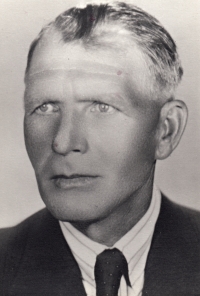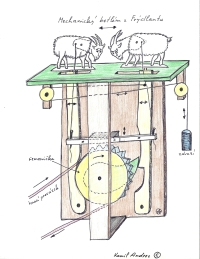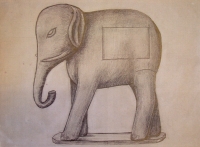He devoted his life to nativity scenes. He restored them in his living room
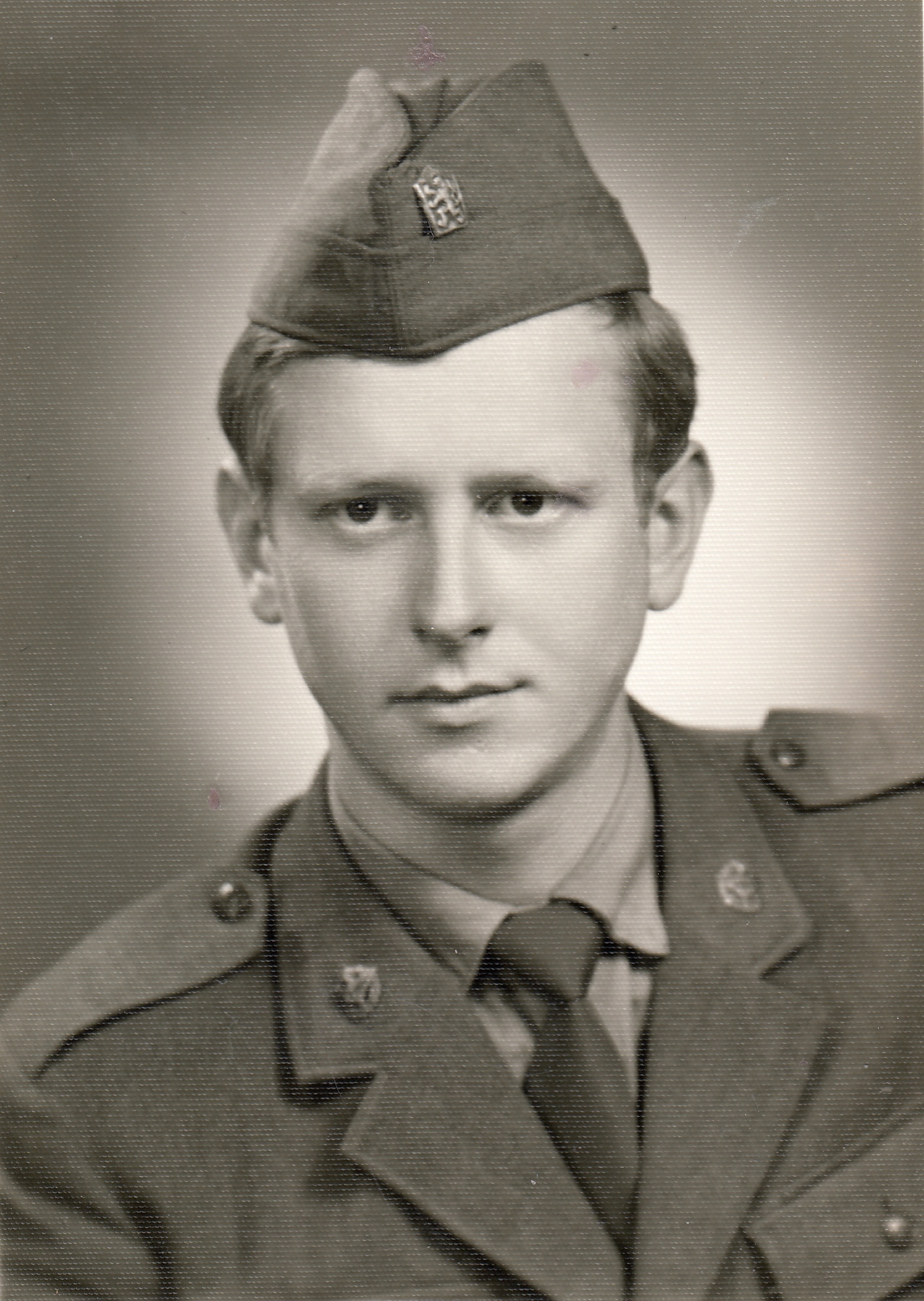
Download image
Kamil Andres was born on 23 April 1955 in Opočno. From his earliest childhood he lived in Třebechovice pod Orebem, where he also attended primary school. He continued his education at an apprenticeship in Hradec Králové, first as a bricklayer and later as a tiler. After completing his compulsory military service, which he spent at the VÚ3513 work unit due to his cousin’s emigration, he returned to Třebechovice in 1976, got married and started working at the Antonín Zápotocký Tannery, which changed its name to TANEX TREKO after 1990. At the same time, from the mid-1990s, he also worked as a documenter at the Třebechovice Museum. In 1994-1996 he attended courses at the Hradec Photographic Conservatory and later completed his restoration education. He obtained a licence from the Ministry of Culture to restore mechanical parts of mechanical nativity scenes, including national cultural monuments, in 2008. In the Třebechovice Museum he took care of the famous Probošt´s mechanical nativity scene and participated in the preparatory stages of its complete restoration. In 2011, he ended his cooperation with the museum due to disagreement with the restoration concept. He continued repairing nativity scenes as part of his own trade. He has repaired more than twenty nativity scenes, for example the Metelka´s nativity scene, the Frýdlant and the Utz´s nativity scenes in cooperation with the Liberec Museum. His last and greatest work before his retirement is the fifteen-metre-long Svitava nativity scene.
